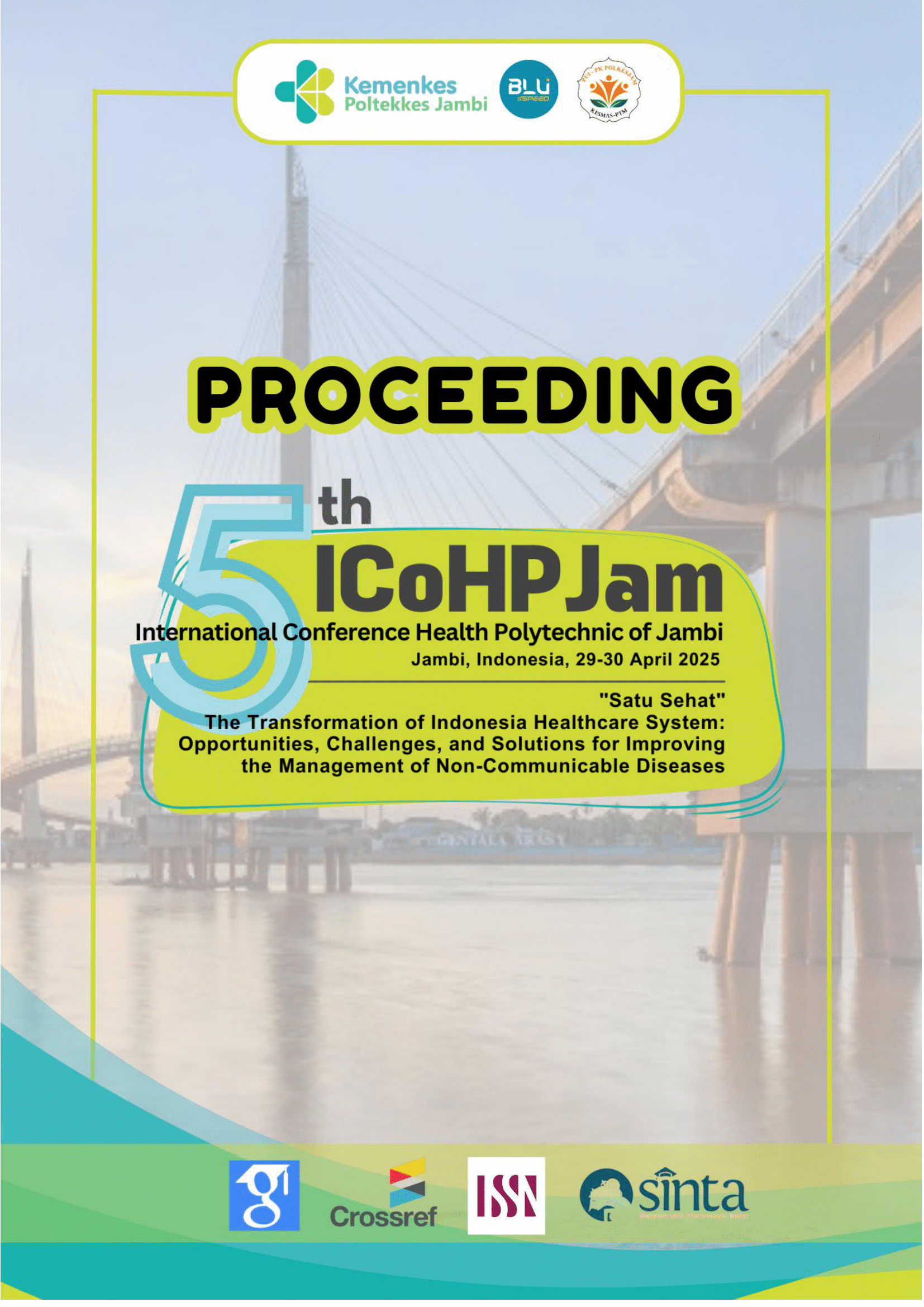The Impact of Vaping On Patients Undergoing General Anesthesia: A Literature Review
Abstract
Background: Particularly among adolescents and young adults vaping or electronic cigarettes has become more popular in recent years. In Indonesia, e-cigarette use increased significantly from 0.3% in 2011 to 3% in 2021.General anesthesia requires maintaining hemodynamic stability to avoid complications. Vaping has been linked to pulmonary and cardiovascular issues, which may complicate anesthesia management and increase risks during anesthesia. This study aims to assess patients' vaping history during preoperative evaluations.
Method: This research used a literature review method with the PICO framework to analyze secondary data from databases like Google Scholar, PubMed, and ScienceDirect. The search strategy involved adjusting keywords to match Medical Subject Headings (MeSH) and using Boolean operators (AND, OR) and quotation marks for precision. Keywords selected for the study were “Vaping,” “Undergoing,” and “General Anesthesia.” Articles published between 2020 and 2025 in English or Indonesian, from reputable journals, and classified as original research, were included. Relevant studies were identified, critically appraised using the JBI tools, and synthesized into PICO tables for presentation.
Result: From a total of 1,965,989 articles identified through database searches, three studies met the inclusion criteria and were included in the review. The findings from these studies demonstrated that vaping is associated with several respiratory complications during general anesthesia, such as increased airway reactivity, bronchospasm, and impaired gas exchange. One case series highlighted the occurrence of hypoxia and increased oxygen requirements in patients with vaping-associated lung injury (EVALI). Another large-scale retrospective cohort study reported a slightly higher incidence of pulmonary complications among vapers compared to non-vapers; however, the difference was not statistically significant.
Conclusion: Vaping may increase the risk of perioperative and intraoperative respiratory complications, particularly in patients undergoing general anesthesia. The presence of harmful chemicals in e-cigarette aerosols, such as nicotine and volatile organic compounds, can exacerbate pre-existing respiratory conditions or contribute to new ones. These risks highlight the importance of including vaping history in preoperative assessments. Anesthesia providers should be vigilant in monitoring and managing airway function in patients with a history of vaping to ensure safe and effective anesthetic care.



